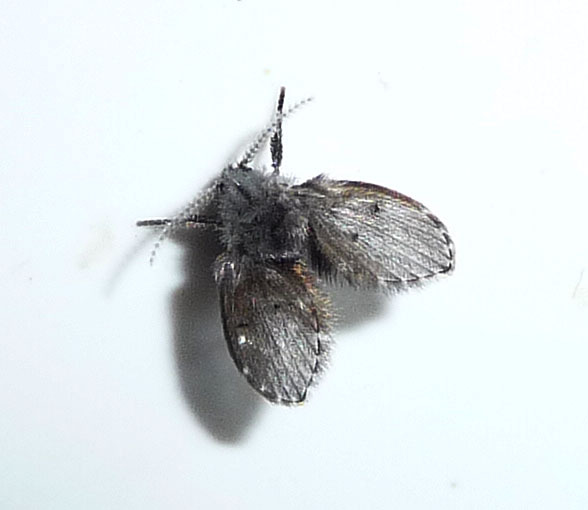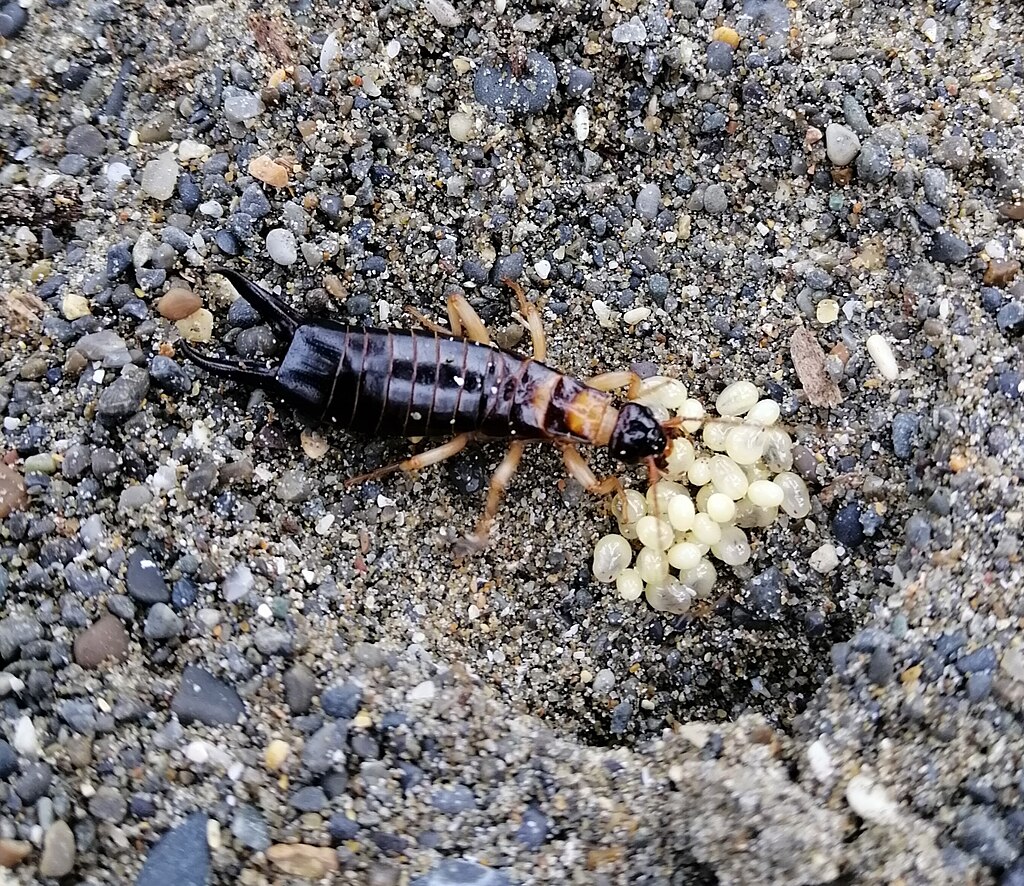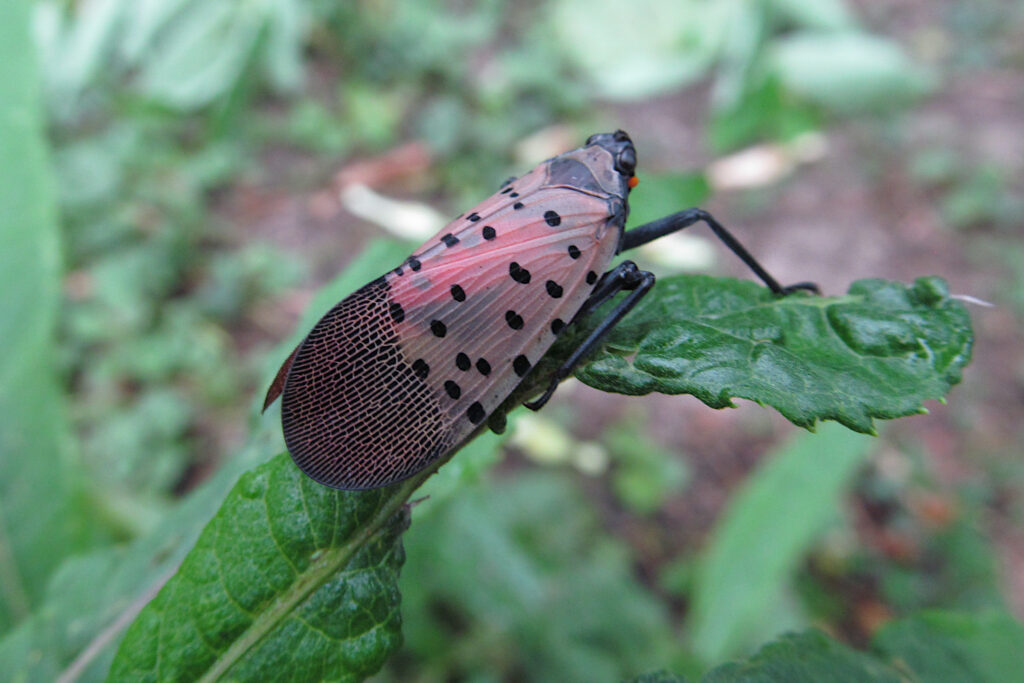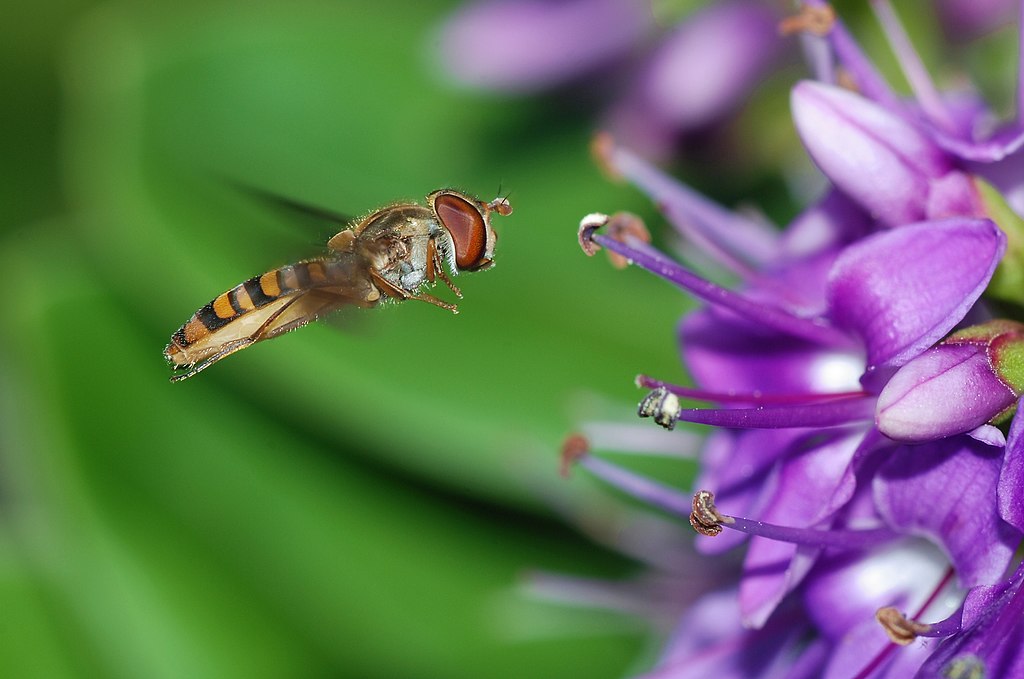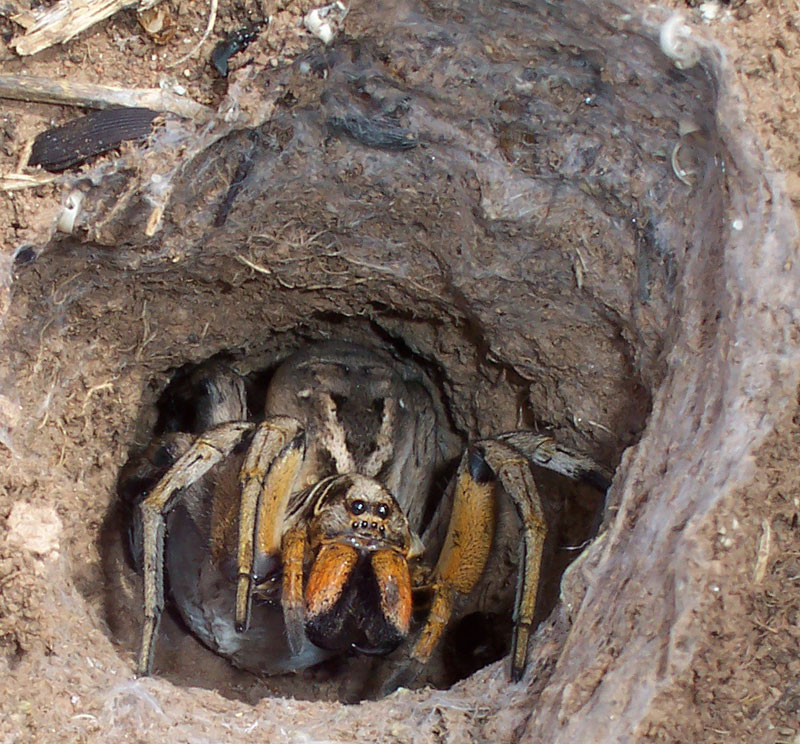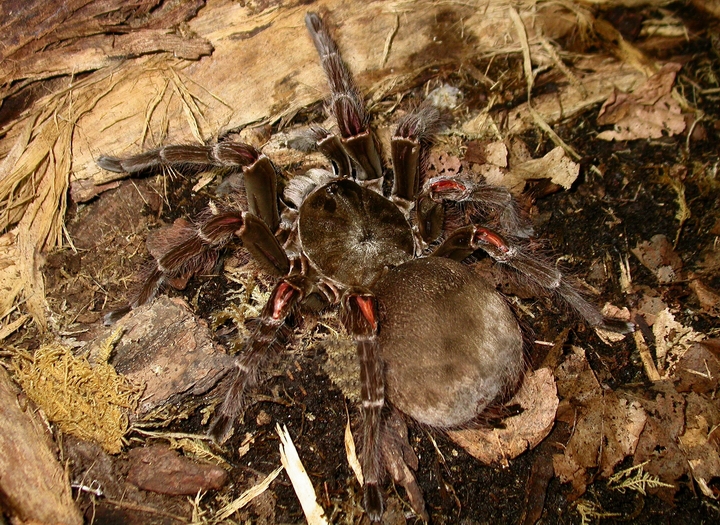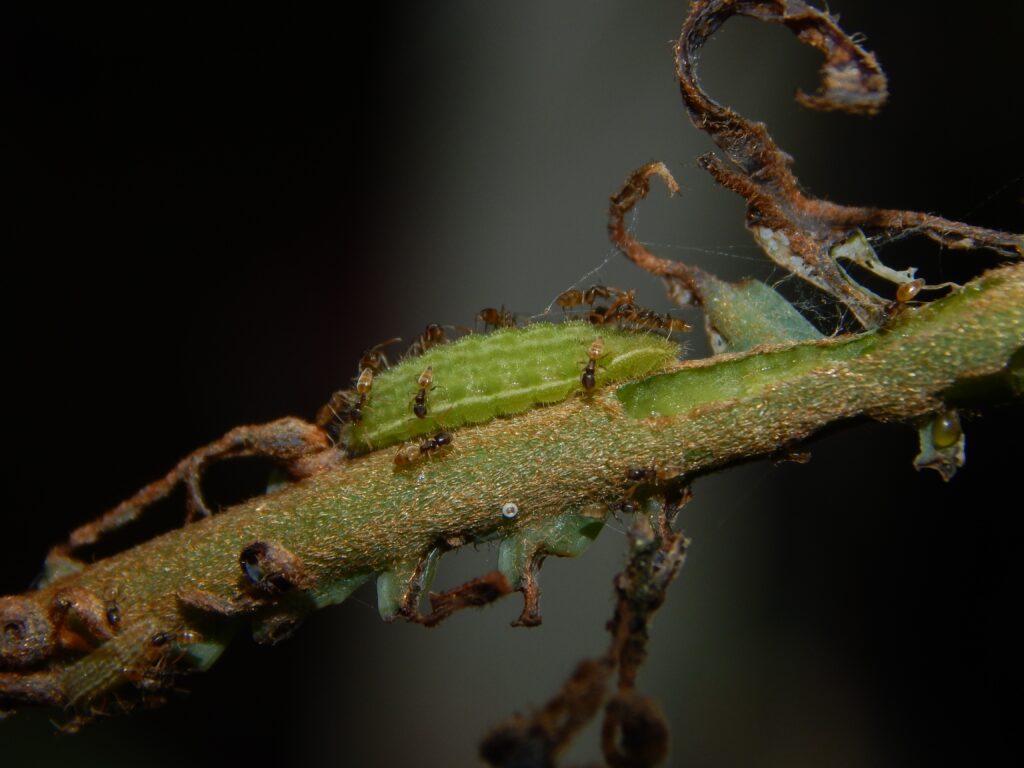The Bug Under Your Sink Might Be a Drain Fly—and That’s Gross but Fixable
You’ve probably seen them before without even realizing what they were. Those tiny, dark insects that seem to appear out of nowhere around your bathroom sink or kitchen drain, moving in that distinctive jerky flight pattern that makes them almost impossible to swat. They’re not fruit flies, though many people mistake them for such. These ...

